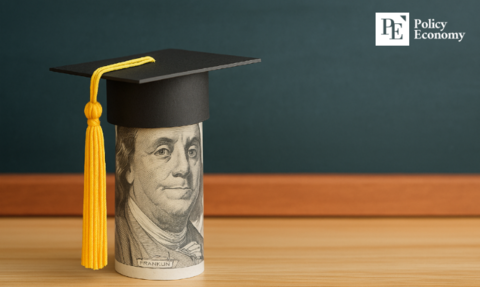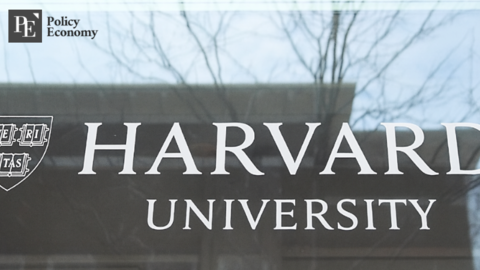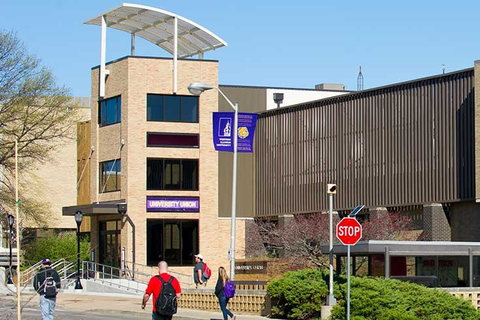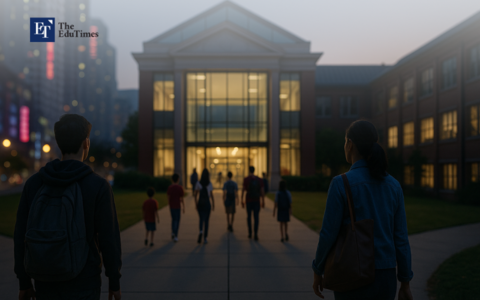Grades in Flux: A Global Story of How the Pandemic Changed the Meaning of Achievement
Input
Modified
The Tension Between Compassion and Academic Rigor A Global Reckoning With What Grades Really Mean Looking Forward With Clarity and Care

The Tension Between Compassion and Academic Rigor
On a quiet March morning in 2020, the halls of Parker School in Illinois fell silent. Just days before, they had been filled with the chatter of students rushing to class, the shuffle of papers in lockers, the buzz of a typical American school day. Then came the email, classes were canceled due to the novel coronavirus. Students would not be returning anytime soon. For Parker’s administrators, teachers, and students, the closure felt like hitting pause on reality.
At first, there was hope that the disruption would be temporary—just a few weeks of online learning until the virus passed. But soon, it became clear that nothing about this moment was temporary. Life had changed. Schools across the globe were going remote, and educators had to do something they had never done before: reimagine what learning looked like in a world where classrooms no longer existed.
That March, Parker introduced a new grading policy, one that would become symbolic of a global educational shift. It was called “non-negative” grading—a simple but radical idea that students’ grades during the pandemic could not be worse than the grades they held before the closure. If a student had a B on March 13, nothing that happened afterward would drag that grade down.
The policy followed recommendations from the Illinois State Board of Education, which urged schools to prioritize student well-being during what was, for many, the most difficult period of their young lives. It wasn't just about missed assignments. Students were coping with loss, illness, fear, and upheaval at home. To punish them academically for struggling would be, as officials said, a harm too great to justify.
And so the grades stopped falling. But something else started happening. Across Canada, the U.S., Italy, and Turkey, similar policies took root. Teachers relaxed deadlines. Exams were canceled or modified. Pass/fail grading became the norm in many places. And even as students and instructors widely acknowledged that less learning was taking place, grades began to rise. In Canada, GPA inflation surged across universities during remote semesters, with some programs reporting jumps equivalent to a full letter grade—from B to B+. The paradox was hard to ignore: learning was down, but grades were up.
In the UK, students receiving their 2023 GCSE results found themselves in the middle of another recalibration. For the first time since the start of the pandemic, grading standards returned to pre-2020 norms. Over 640,000 students received their results that year, and while many had feared a sharp drop, the numbers were surprisingly consistent. 22.4% of entries achieved top grades (Grade 7 and above), and 70.3% received a standard pass. Both figures were slightly up from 2019.
Education officials credited this not just to students’ resilience, but to modest supports built into the system: formula sheets for math and science exams, longer intervals between test dates to give students more time to study, and a commitment to transparency and fairness.
Still, the experience left a question lingering in schools from London to Chicago: what should grades mean in a world turned upside down?
The fall of 2020 brought Parker back to that question with fresh urgency. The Illinois state mandates had expired. No longer bound by emergency guidelines, the school had to decide for itself how to grade students in a world still gripped by crisis.
Inside virtual staff meetings, the debate took on philosophical weight. Should Parker continue with non-negative grading? Should it move to pass/fail? Or was it time to return to something closer to “normal”?
Sven Carlsson, the school’s Middle and Upper School Director of Studies, laid out four possible paths: the Standard Letter Grade (SLG) model, which assigns A to F marks; Standards-Based Grading (SBG), which emphasizes mastery of specific skills; a Narrative Exclusive model that replaces grades with detailed written feedback; and Ranges, a simplified system like High Pass/Pass/Fail.
Parker had long prided itself on being a progressive institution, unafraid to challenge traditional norms. Yet as the school community weighed its options, a consensus began to form: it was time to return to SLG—but with an important twist.
Yes, students would once again receive letter grades. But the school would make room for compassion, recognizing that even though classrooms had reopened online, the pandemic wasn’t over. If a student’s Wi-Fi cut out during an exam, if they were caring for a sick family member, if they just needed more time—teachers would be understanding. Extensions and resubmissions were built into the system. The goal, as Carlsson put it, was rigor with humanity.
Other schools followed suit. Latin and Lab, both prestigious institutions in Chicago, also brought back standard grading, though Lab allowed an opt-in pass/fail option. For many educators, the return to SLG was not a nostalgic retreat to old habits, but a practical way to create structure and clarity in a time still full of uncertainty.
Yet not everyone was convinced. “Our grading system does not accurately reflect the fact that we are still in a pandemic,” said Benjamin Kagan, a freshman at Parker. He worried the shift back to letter grades would ignore the persistent challenges students continued to face.
But others saw the new policy as a balance between past and present. “This grading system is a good representation of Parker’s progressive mission,” said sophomore Lucas Daskal. “It’s head and shoulders above what was put into place last March.”
This division in student opinion highlights the deeper challenge schools face: crafting policies that are both equitable and effective, both compassionate and consistent.

A Global Reckoning With What Grades Really Mean
Beyond Parker, the conversation about grading was unfolding on an international scale. A Canadian study tracking GPA trends across disciplines revealed that not all faculties were recovering equally from pandemic inflation. Engineering, business, and health sciences returned to pre-pandemic GPA levels within a year. But humanities and social sciences—where assessments are more subjective and external accountability is looser—continued to see inflated grades years later.
In more standardized disciplines, like engineering or accounting, external licensing exams and program accreditation helped rein in inflation. In Canada, for example, engineering students must pass the Professional Practice Examination to enter the field. Business students eyeing careers in accounting must prepare for the CPA Canada final exam. These benchmarks serve as strong anchors for academic rigor.
But in the humanities, where expression and interpretation are central, subjectivity rules. Essays and discussions don’t always lend themselves to uniform rubrics. Without external exams or certifications to backstop evaluation, inflated grades—once introduced—are harder to walk back.
The consequences are real. If grades lose their signaling power, employers and universities struggle to differentiate between students who have mastered the material and those who benefitted from leniency. The danger is that grades become less a reflection of ability and more a relic of policy.
In response, educators and researchers have begun floating possible solutions. One idea is to adopt inflation-adjusted GPAs, similar to how economists adjust past wages for modern value. If the top 15% of students pre-pandemic had GPAs of 8/10, the top 15% in a post-pandemic cohort could be scaled to match that same benchmark.
Others suggest more widespread use of grading rubrics, even in subjective disciplines, to bring consistency and transparency to evaluations.
Meanwhile, the UK’s 2023 GCSE cycle showed that a return to traditional grading, with support, could succeed. As students earned grades comparable to 2019, they also embraced new subjects at higher rates. Computer science entries rose by 13.5% since 2019, including a notable increase among girls. Modern foreign language entries increased by 9.2% compared to 2019, bolstered by a £14.9 million investment in the language hubs program.
Despite the disruption, students were not deterred. They adapted. They grew. They persisted.

Looking Forward With Clarity and Care
Today, as virtual learning persists in some form and in some places, and as schools continue to reflect on the pandemic’s legacy, the story of grading remains unfinished.
For Parker, the decision to return to SLG—with built-in compassion—is more than a policy choice. It’s a bet on resilience. It’s a commitment to fairness. And it’s a recognition that while crises demand change, they also offer an opportunity to rethink what success truly means.
“We talk about grades a lot,” Carlsson once told his students. “But the ultimate significance of a Parker education is found in your empathy, curiosity, and mastery. Not just in the letters on your transcript.”
In the end, perhaps the most important grade from this time won’t be on any report card. It will be in how schools, students, and societies learned to measure growth when the old metrics no longer applied—and how, together, they redefined achievement in the most uncertain of times.





















